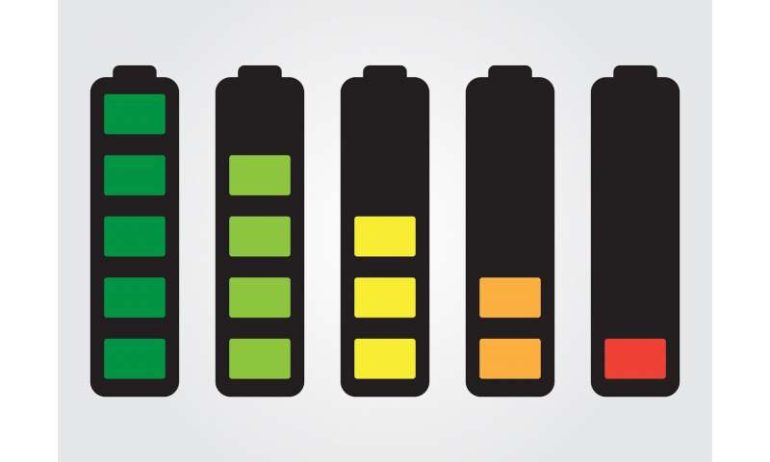A team of researchers from China, Germany and the U.S. has developed a way to make zinc batteries rechargeable. In their paper published in the journal Science, the group describes how, by using a non-alkaline electrolyte, they created a battery that could operate using a two-electron zinc-oxygen-zinc peroxide process that is far more reversible than conventional designs.
The most common type of batteries are the familiar alkaline batteries—they are used to power toys, boomboxes and a host of other consumer products. Such batteries are zinc-based, which has worked out well—zinc is very inexpensive and it can be used to make one of the electrodes for simple batteries. The other electrode is made using air. This design has allowed for the mass production of zinc-based batteries, which, in addition to being lightweight, can also be made in a variety of sizes. The downside to such batteries is that they wind up in landfills—an unsustainable solution to power storage. In this new effort, the researchers have found a way to create rechargeable zinc-based batteries.
Conventional batteries are made using an alkaline electrolyte—they involve a four-electron decrease of oxygen to water, which, the researchers note, is a slow exercise. To create a new kind of zinc-based battery, the researchers found that by choosing the right non-alkaline electrolyte, they could make a battery using a two-electron zinc-oxygen-zinc peroxide interaction—one that was much more reversible than conventional batteries. They also made the electrolyte hydrophobic. Doing so prevented water from nearing the cathode’s surface, which prevented reduction—and that in turn slowed the creation of spikey structures that can short out conventional batteries. Testing of the new design showed it capable of holding a charge even after cycling for 1,600 hours.
The researchers acknowledge that they still have some problems to overcome, such as water evaporation. Also, spikey structures did eventually form over time. There was also an issue with the rate of charge—one cycle took approximately 20 hours. They plan to test options to address such problems, such as using a catalyst that helps with peroxide formation to improve the charge rate.
Battery components recycled into fertilizer
More information:
Wei Sun et al. A rechargeable zinc-air battery based on zinc peroxide chemistry, Science (2020). DOI: 10.1126/science.abb9554
2021 Science X Network
Citation:
A way to make zinc batteries rechargeable (2021, January 4)
retrieved 4 January 2021
from https://techxplore.com/news/2021-01-zinc-batteries-rechargeable.html
This document is subject to copyright. Apart from any fair dealing for the purpose of private study or research, no
part may be reproduced without the written permission. The content is provided for information purposes only.



